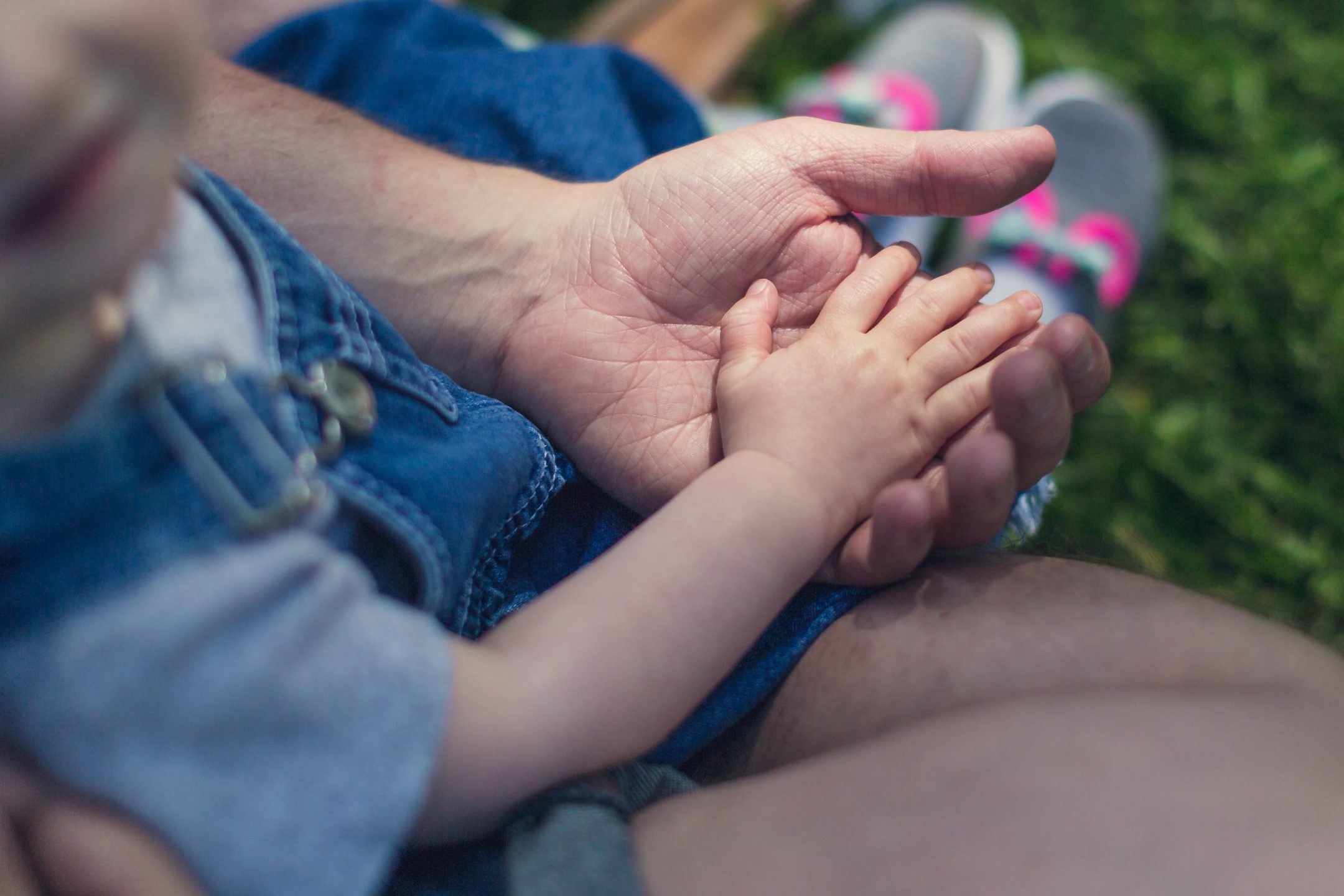Bounce houses seem like a great addition to any neighbourhood or school fun fair, outdoor parties, amusements parks, or even in your own backyard. However, there are multiple risks that all individuals should be aware of and users of bounce houses need to take adequate measures to minimize accidents that appear to be on the rise in Canada.
In fact, in Norfolk, U.K. on July 1, 2018, a three-year-old girl died while playing in a bouncy castle when the trampoline exploded and launched her 30 feet in the air, causing her to land on the sand. Ava-May Littleboy received medical assistance from ambulance attendants and despite all efforts died at James Paget Hospital. The owner of the Bounce About play area at Gorleston Beach in Norfolk claimed that the equipment exploded because of the heat.
INJURIES ARE ON THE RISE IN CANADA
According to the Canadian Hospitals Injury Reporting and Prevention Program (CHIRPP), there has been a six-fold increase in bounce house-related injuries in the last 20 years. The most common injuries were fractures and sprains, but injuries can range from bruises, sprains and broken bones to more serious injuries, for example skull fractures.
In this study, an inflatable amusement attraction was defined as any structure inflated and supported by a blower. This includes bounce houses, slides, interactive attractions (i.e. wrestling, boxing, bungee), obstacle courses, and climbing walls.
The CHIRPP study found that children 5-years-old to 9-years-old were the most frequently injured in bounce houses. The research found that the lower extremities was the body region most frequently injured (40.3%).
Bad landings accounted for 39% of injuries, 31% of injuries were caused by ejection from the inflatable structure, 17% of injuries were due to impact between users, and 4% of injuries occurred when users attempted somersaults.
According to MyHealth.Alberta.ca, in Alberta, in the last two years, more than 80 people were treated for injuries associated with playing on an inflatable device, such as a bounce house.
It is clear that over time injuries associated with inflatable bouncers have increased. Risk factors include lack of effective adult supervision, overcrowding, and excessive number of participants of different ages and weights.
One of the main reasons that we are seeing an increase in the frequency of injuries associated with bounce house and similar inflatables is that there has been a sharp increase in the number of inflatable structures available and being used and the industry itself continues to grow at a rapid rate. Thus, the increase is injuries in likely due to the increased exposure to inflatable structures. It has been suggested that the availability of these structures has increased due to a decline in manufacturing costs.
SAFETY AUTHORITY
Each Canadian province or territory has a designated safety authority that issues licenses and permits for amusement rides, as well as certification for amusement ride operators. Inflatable structures also require a license and valid permit. In Alberta, Aedarsa is the organization created to independently oversee the inspection, installation and ongoing safety of elevating devices, amusement rides, and passenger ropeways, including inflatable devices.
TIPS TO ENSURE SAFETY IN INFLATABLE STRUCTURES
Here are a few tips to ensure safe play in inflatable structures:
- Consumers should only rent inflatable structures from companies that are certified by a safety organization and use properly trained supervisors and carry adequate liability insurance;
- Parents should ensure that the bounce house is adequately secured on level ground according to the manufacturer’s instructions;
- Parents should ensure that the bounce house is situated away from obstacles such as fences, trees or overhead power lines;
- Parents should check if the inflatable is not on soft ground as impact absorbing mats should be positioned at the open sides;
- Children should remove shoes, jewelry, and any hard or sharp objects from their pockets;
- Children should be supervised by a responsible adult and horseplay should be discouraged;
- Only one child should be allowed in the bounce house at a time;
- If more than one child is inside the bounce house, they should be grouped together according to size to reduce risk of injury;
- Children should be discouraged from performing flips or somersaults while in the bounce house;
- Children should stay away from exit points while bouncing inside the bounce house;
- Children should exit the bounce house immediately if it begins to lose air;
- Do not use a bounce house outside if there are high winds or in wet weather.
At Cuming & Gillespie LLP we represent all types of serious personal injury. If you or a loved one have been involved in a serious accident or have suffered an injury due to someone else’s negligence, please contact the award winning Calgary personal injury lawyers at Cuming & Gillespie LLP online or at 403-571-0555. Contact our office today for a free initial consultation.

